Think about all the ways you use your vision every day. From the moment you wake up to the time you leave the house for work, you’ve used your eye more times than you can count. Now imagine your everyday life without the use of your eyesight. This isn’t meant to shock or scare you, but to get you to realize how precious the gift of vision is and why you should take steps to protect it.
Common eye disorders and diseases can either quickly or gradually rob you of your vision. Something as simple as an eye exam at Northeast Ohio Eye Surgeons can help prevent this from happening. Read about these eye diseases and disorders and what you can do to prevent them.
Common Conditions & Eye Diseases That Can Lead to Vision Loss
Diabetic Retinopathy
If you have diabetes, you’re at risk of developing diabetic retinopathy. This common eye condition occurs when high blood sugar levels damage the blood vessel in the back of your eye. The blood vessels can grow, leak, or close completely.
Signs and Symptoms of Diabetic Retinopathy
- Blurry vision or vision that sometimes is clear and sometimes blurry
- Having blank or dark areas in your vision
- Having less color intensity in your vision
- Poor vision at night
- Seeing more floaters
Macular Degeneration
Also known as age-related macular degeneration, this common eye disorder affects the macula and central vision. Macular degeneration is especially prevalent in those over the age of 60 and is the leading cause of vision loss in people over the age of 50.
Signs and Symptoms of Macular Degeneration
- Blurred vision
- Difficulty reading print or small details
- Faded colors
- A blurred spot in central vision that gradually worsens
- A small spot in the center of your vision that comes bigger over time
- Straight lines appear wavy
Cataracts
When a cataract develops in your eye, it causes a clouding of your natural lens. Typically, cataracts are related to age; however, diabetes, eye injuries, and excessive sun exposure can all contribute to cataract development.
Signs and Symptoms of Cataracts
- Cloudy vision
- Double vision
- Difficulty seeing at night
- Glare
- Dulled color intensity
- Visual halos around lights
Glaucoma
Glaucoma is an eye disease that affects the optic nerve and may result in blindness. It’s the leading cause of blindness in people over the age of 60 and has no cure. Other risk factors include people who are Black, Hispanic, or those with a family history of glaucoma. Unfortunately, many people are unaware they are developing glaucoma until their vision is permanently affected. That’s because most early signs and symptoms are hard to notice.
Signs and Symptoms of Glaucoma
- Loss of peripheral vision
- A red eye
- Blurry vision
- An upset stomach or nausea
- Severe eye pain
Call to Book an Appointment With an Eye Doctor You Can Trust
Worried about your vision? Come see one of our highly trained eye doctors. During a comprehensive eye exam, your eye doctor will evaluate your vision and eye health using a series of tests and measurements. This is also an opportunity for your eye doctor to diagnose any eye condition, disorder, or disease you may have. From there, our eye doctors will work with you to find the right treatments to improve or preserve your vision. Book your appointment today.
Sources Cited
Caceres, V. (2021) Common causes of vision loss, Verywell Health. Available at: https://www.verywellhealth.com/vision-loss-5094948
Katibeh, M. et al. (2015) Prevalence and causes of visual impairment and blindness in central Iran; the Yazd Eye Study, Journal of ophthalmic & vision research. Available at: https://www.ncbi.nlm.nih.gov/pmc/articles/PMC4687262/#:~:text=Based%20on%20best%2Dcorrected%20visual,degeneration%20(ARMD%2C%2013.8%25)
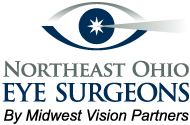




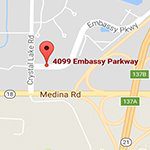
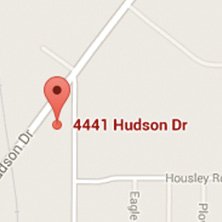
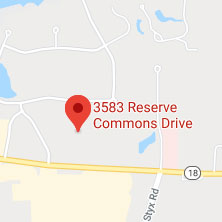


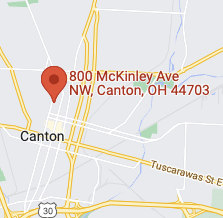
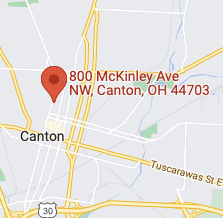
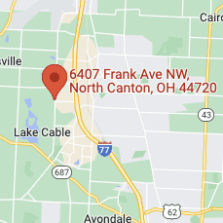


Recent Comments